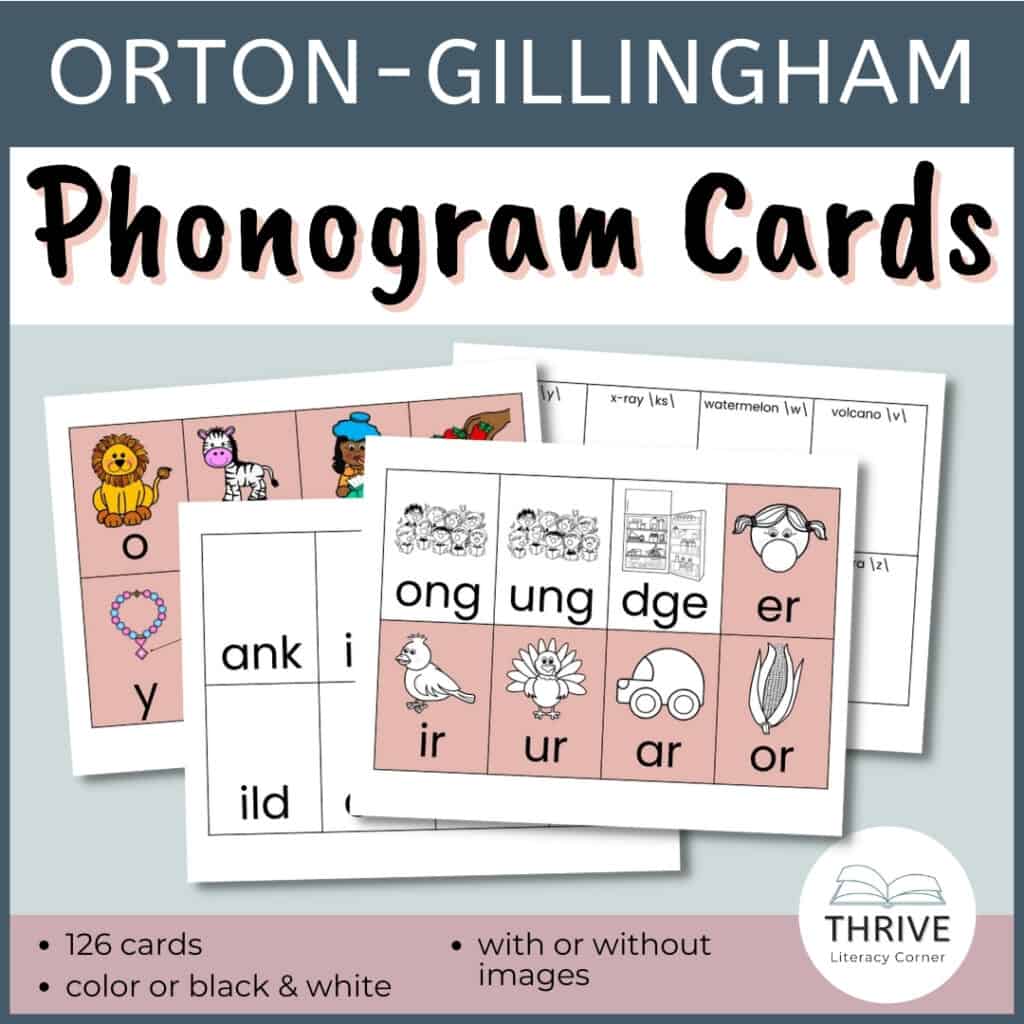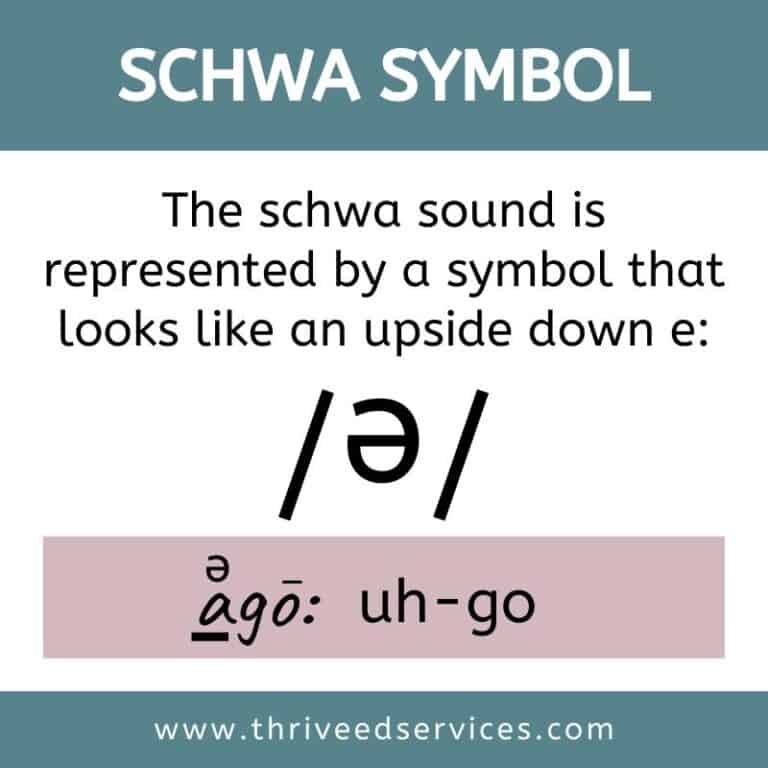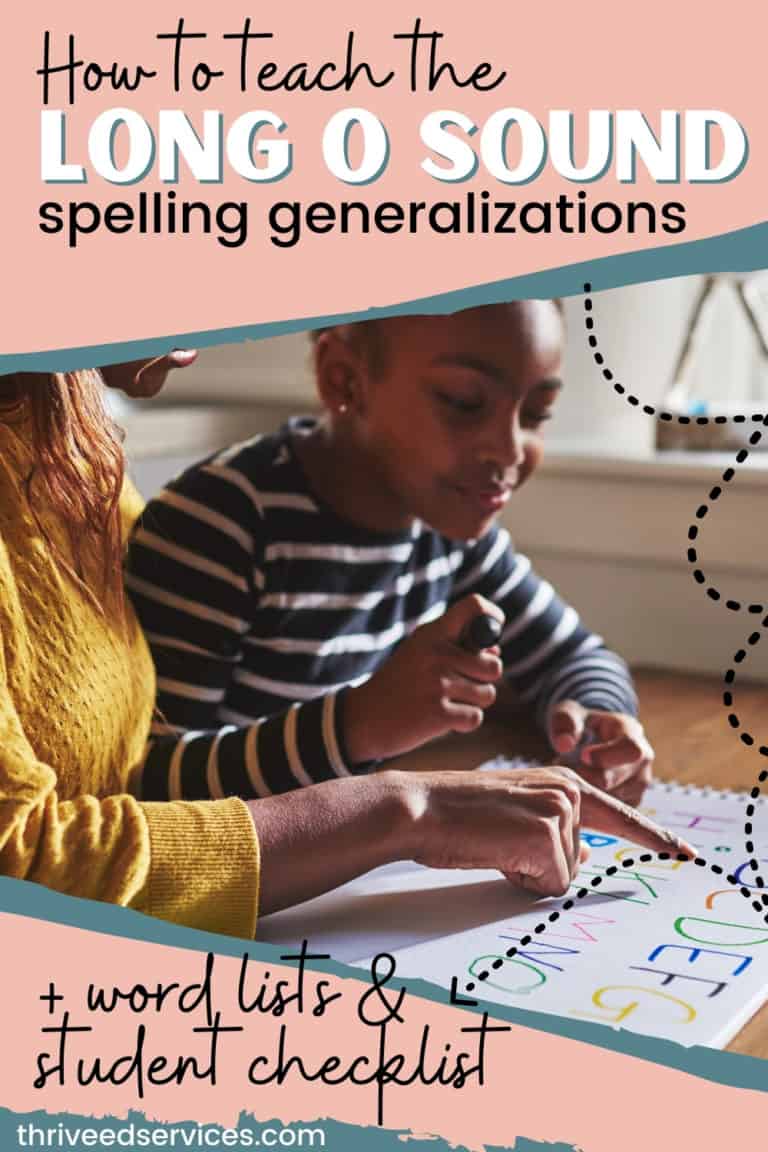How to Teach Phoneme Segmentation + FREE SOR Guide
This post may contain affiliate links, and I will earn a commission if you purchase through these links. Please read the disclosure policy for more details.
Phoneme segmentation is a foundational skill for reading and writing. It’s important to start teaching phoneme segmentation skills early so children can develop this skill before it becomes more difficult to learn.
Mastering phoneme segmentation helps readers break apart sounds in a word, blend them together, and read! Here are five activities you can do at home or school to teach this skill.
What is phoneme segmentation?
Phoneme segmentation is the ability to break a word up into its individual sounds. It is on the development continuum of Phonemic Awareness, along with rhyming and blending, but is one of the more difficult concepts for children to grasp.
Phonemic awareness refers to the ability to hear the sounds of language. It includes learning how to phonetically segment (break apart) a word into individual sounds and blend different combinations of sounds together to form words.
Reading is made possible by the ability to hear each sound within spoken words. When children can’t accurately detect or distinguish between these sounds, they struggle to decode and understand what is being read. Phonemic awareness is an early step in learning to read, and is a key component of decoding.
Phonemic awareness helps students learn the relationships between letters, letter patterns, and sounds; it also helps with spelling and writing.
When you segment a word, you break it down into its individual sounds.
For example, let’s look at the word cat. We can segment this word into 3 sounds: /c/ /a/ /t/
Let’s try the word purple. We can segment this word into 4 sounds: /p/ /ur/ /p/ /l/

Why is phoneme segmentation important?
Segmenting words into individual sound units enables students to focus on the basic elements that make up spoken language. Students must be able to decode words into their basic phonemic chunks before they will be able to read fluently and with comprehension.
Children who are better at recognizing “sounding out” words have stronger abilities in literacy acquisition, vocabulary development, spelling, and knowledge of how letters represent sounds.
Phoneme segmentation is an important early step in learning how to read, so let’s get started!
When to teach phoneme segmentation
Students should already be familiar with segmenting and blending compound words and syllables (all included in my Phonemic Awareness Task Cards). Once they can confidently segment and blend compound words and syllables you can move on to working with phonemes.
How to teach phoneme segmentation
You should start by using manipulatives and move away from manipulatives until students don’t need them to break apart words. Initially, you would use something like a bingo chip or cube, and move on to using letter tiles as students progress with this skill.
If students don’t quite understand what you mean by breaking up the word, tell them to stretch the word out into its individual sounds. This seems to help some who struggle with the concept.
Remember, students should already be familiar with segmenting compound words and syllables so the actual skill of splitting is not completely new for them! If you have not done that, then go back before segmenting phonemes. My daily Phonemic Awareness Task Cards includes all these skills and more in the correct progression.

Phoneme Segmentation Activities
Elkonin Boxes
Elkonin Boxes are a great activity for introducing and practicing phoneme segmentation. It starts out with just two boxes, but then you can add more as students work with longer words.
Here’s how it works: First, the teacher says a word that contains one syllable, such as ‘me‘. The student repeats the word aloud then places a manipulative into the first box as they say the first sound in the word. In this example, the student would say /m/ and place a tile in the first box to represent that first sound. Then the student would say /ee/ while placing a manipulative in the next box.
From here you would move on to words with 3 sounds, like cat or play, and then words with 4 sounds, such as jump or clock. For each sound, a manipulative is placed in one box while the student makes that sound.
You can move from bingo chips to letter tiles, and eventually have students write the corresponding letters in the boxes. You want students to notice that sometimes 2 or 3 letters combine to make 1 sound.

Tapping Out Sounds
Tapping out sounds is a great skill that I teach my students to use all the time when working with new words. You don’t even need anything other than fingers to do this.
Have students tap on their arm or desk as they say each sound in a word. For example, with the word ‘dog‘, students would tap their thumb on the desk while saying /d/, tap their pointer finger on the desk while saying /o/, and tap their middle finger on the desk while saying /g/.
They could also tap their pointer, middle, ring, and pinky finger to their thumb instead of tapping a desk or their arms.
It doesn’t really matter what they tap, but that they use one finger for one sound.
You can also use worksheets and flashcards that have dots under or above each phoneme, as pictured above, and have students tap on each dot as they say the sound aloud.
Instead of tapping, you can also have students clap each sound to segment a word.
Below you can see how I use those popular Pop It toys on a worksheet to segment and write words. I have this worksheet available to download for free in my freebies library.

Phoneme Grapheme Mapping
This is very similar to Elkonin boxes but combines it with writing.
You say a word and/or show a picture of it. Students segment the word using manipulatives or by tapping out the sounds. Then students write the letters in sound boxes.
I have a free simple word mapping worksheet template that you can download in my freebies library.
You can also purchase my blank orthographic mapping templates from my shop to use with words that have 2 to 5 sounds. It’s a multisensory version with more steps than my freebie template (pictured above).

CVC Sliders
Using something like a pipe cleaner with stringing beads, students can slide a bead over for each sound while segmenting a word. Call out words or hand students some picture cards that they can segment on their own. This could make a fun center if you created a deck of picture cards or worksheets.
Count the Sounds
Say a word aloud, or show students a picture, and ask them to count how many sounds are in the word. I like to give students a few picture cards and have them sort them into piles by how many sounds they have. Or I create cut and paste worksheets focusing on counting the sounds. The picture above is a worksheet from my Halloween Phonemic Awareness Activities set.
You can also use a Pop It fidget toy to count the sounds in words they hear.

Phoneme Jumping
This is a more kinesthetic activity, great for those wiggly students!
Instead of tapping or clapping, students would jump for each sound.
Students will hop while saying the sound out loud to segment the word. They can hop in place, or you can place a few targets on the floor much like sound boxes, for them to jump across one at a time as they sound out a word. This last one can also help with directionality issues.
Phonemic Awareness Task Cards

If you’re looking for easy and quick ways to get phonemic awareness in your lessons then check out my no prep Phonemic Awareness Task Cards. These task cards include 124 cards that cover all areas of phonemic awareness, including phoneme segmentation, and can be done in just 5 minutes a day.
Bottom Line
Phonemic Awareness is a set of skills that are necessary to learn how to read. It’s important for children to develop the ability to segment words into their phonemes (unit sounds) in order to be successful readers, but this can often take time and practice. Try out these 5 phoneme segmentation activities to practice phoneme segmentation, and check out these other phonemic awareness activities to build phonemic awareness skills in developing readers.
Want to remember this? Save How to Teach Phoneme Segmentation to your favorite Pinterest board!

If you’re looking for more tips on teaching reading to struggling learners, check out these other posts:
- How To Structure Your Literacy Block
- Reading Assessments You Should Be Using
- What is the Science of Reading?
- Teaching High Frequency Words Using the Heart Word Method
- Phonemic Awareness Strategies & Activities For Struggling Learners
- The 6 Syllable Types
- Why You Should Switch To A Sound Wall
- Reading Strategies for Struggling Readers – Elkonin Boxes
- Activities That Improve Reading Fluency











